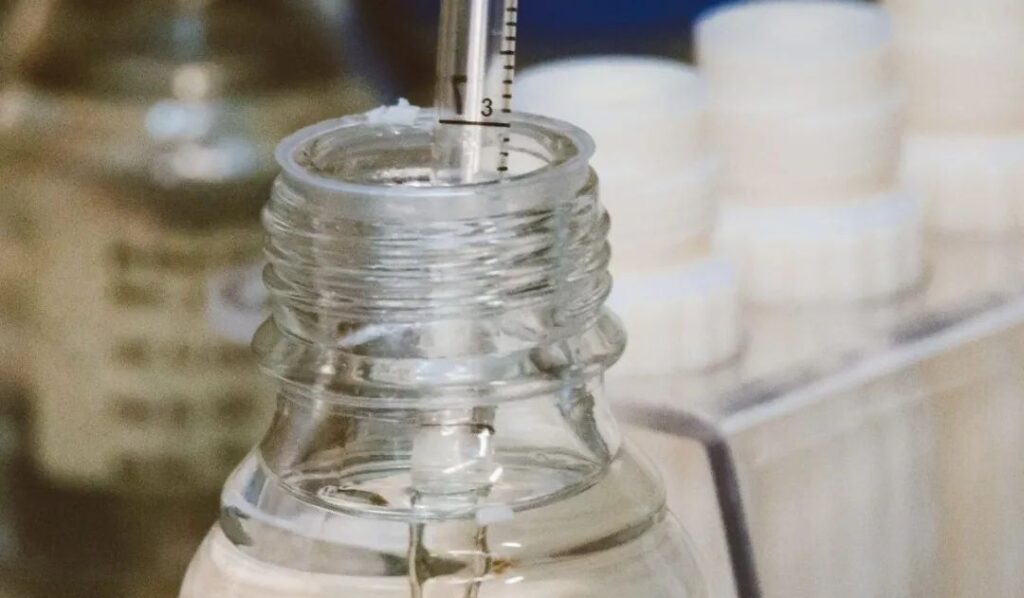Dispersant is a common chemical additive that is widely used in chemicals in various fields and has various functions such as dispersion, stabilization, and wetting. It can disperse solid particles evenly in the liquid and avoid the aggregation and precipitation of particles in the liquid, thus improving the quality and stability of the product.
The application range of dispersants is very wide. Let’s take a look at the functions and uses of dispersants.
1. The role of dispersant
①Dispersion effect
Dispersion is one of the most important functions of dispersants. Dispersants can evenly disperse solid particles in liquids and avoid aggregation and precipitation of particles in liquids. Dispersion can improve product quality and stability.
②Stabilizing effect
Stabilization is another important role of dispersants. Dispersants can prevent the aggregation and precipitation of particles in liquids, thereby improving product stability. Stabilization allows products to be stored for long periods of time without losing their quality and performance.
③Wetting effect
Wetting is another function of dispersants. Dispersants reduce the surface tension of a liquid, making it easier to wet the particle surface. Wetting can improve the dispersion and stability of particles in liquids.
④Emulsification
Emulsification is another function of dispersants. Dispersants break up an oil-water mixture into tiny droplets, creating a milky liquid. Emulsification makes the oil-water mixture more easily dispersed and stable.
⑤Viscosity adjustment function
Viscosity adjustment is another function of dispersants. Dispersants can adjust the viscosity of a liquid to make it more suitable for the production and use of the product. The viscosity adjustment effect can improve the processing performance and user experience of the product.
2. Application of dispersant
①Paint industry
Dispersants are widely used in the coating industry. They can disperse pigments evenly in coatings and improve the quality and stability of coatings. At the same time, dispersants can also improve the fluidity and adhesion of paint, making it easier to apply and dry.
②Printing ink industry
In the printing industry, dispersants can disperse pigments evenly in ink and improve the quality and stability of ink. At the same time, dispersants can also improve the fluidity and adhesion of ink, making printing clearer and more durable.
③Pharmaceutical industry
In the pharmaceutical industry, dispersants can disperse drugs evenly in liquids and improve the absorption rate and effect of drugs. At the same time, dispersants can also improve the stability and shelf life of drugs, making them safer and more effective.
④Agricultural industry
In the agricultural industry, dispersants can disperse pesticides evenly in water and improve the spraying effect and coverage area of pesticides. At the same time, dispersants can also improve the permeability and adsorption of pesticides, making pesticides more effective and economical.
⑤Textile industry
In the textile industry, dispersants can disperse dyes evenly in fibers and improve the quality and stability of dyeing. At the same time, dispersants can also improve the permeability and adsorption of dyes, making dyeing more uniform and durable.
Dispersant is a common chemical additive that has various functions such as dispersion, stabilization, and wetting. It is widely used in various industries. Different types of dispersants have different dispersion mechanisms and effects. It can improve the quality of products. quality and stability, while also improving production efficiency and saving costs.
Therefore, in the production and use of products, choosing the appropriate dispersant can improve the quality and stability of the product, thereby meeting the needs of consumers.

